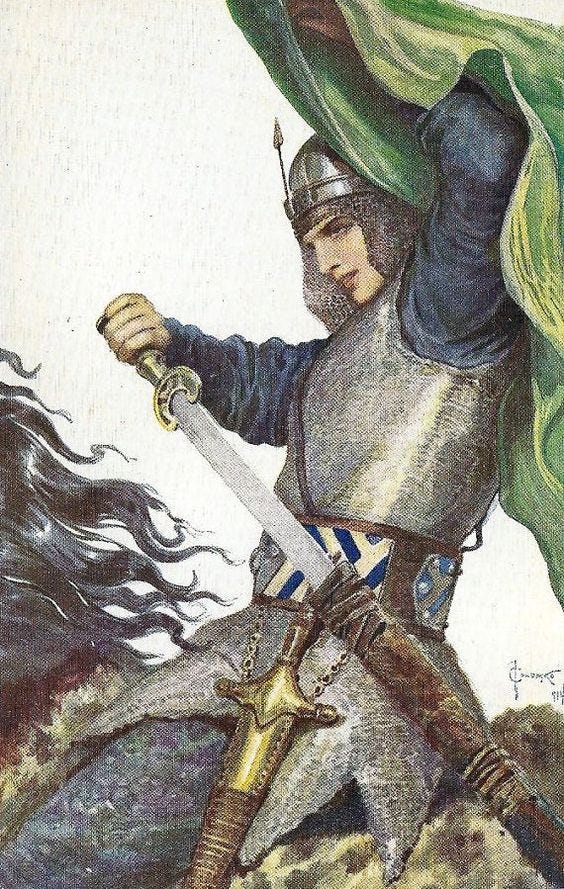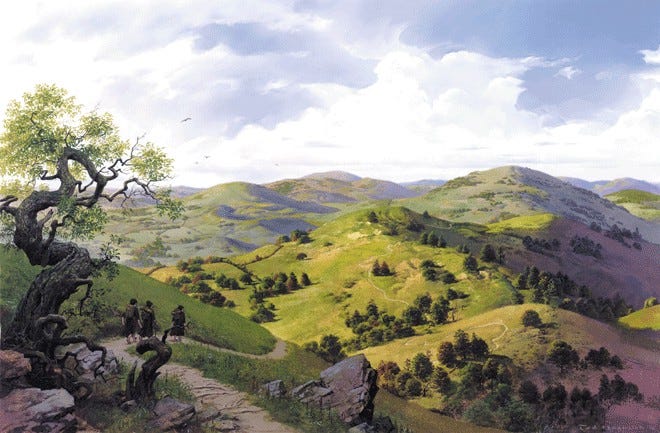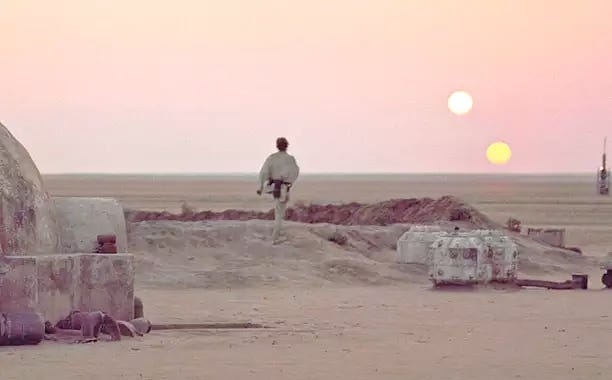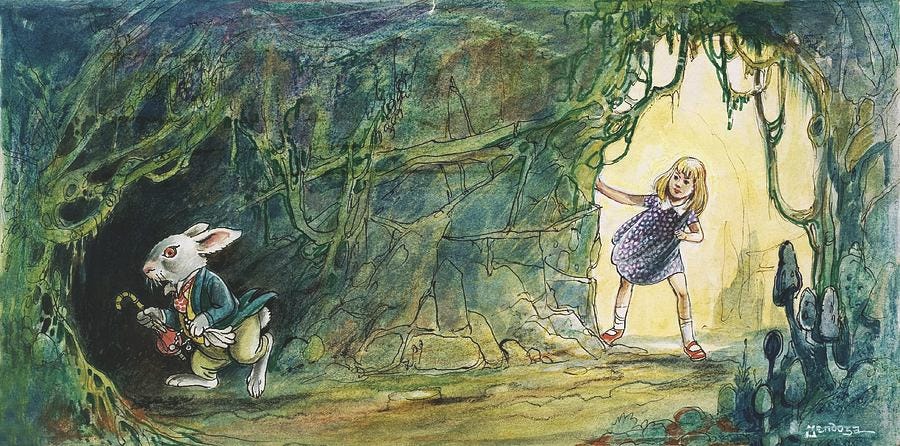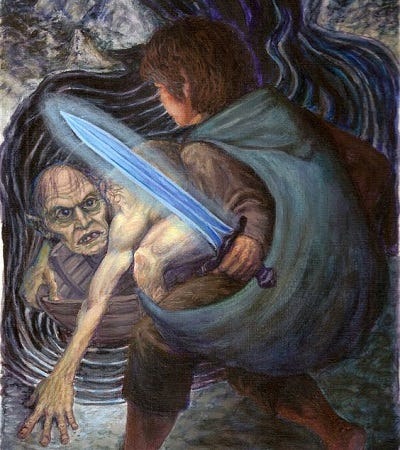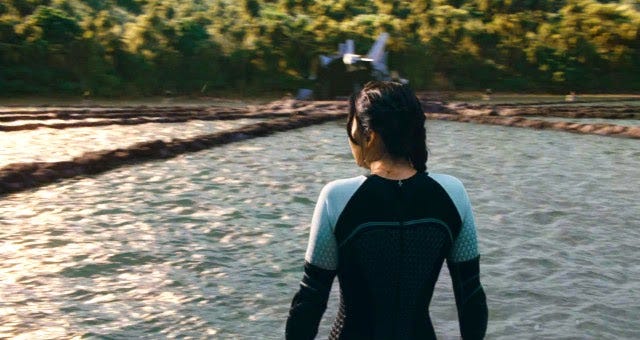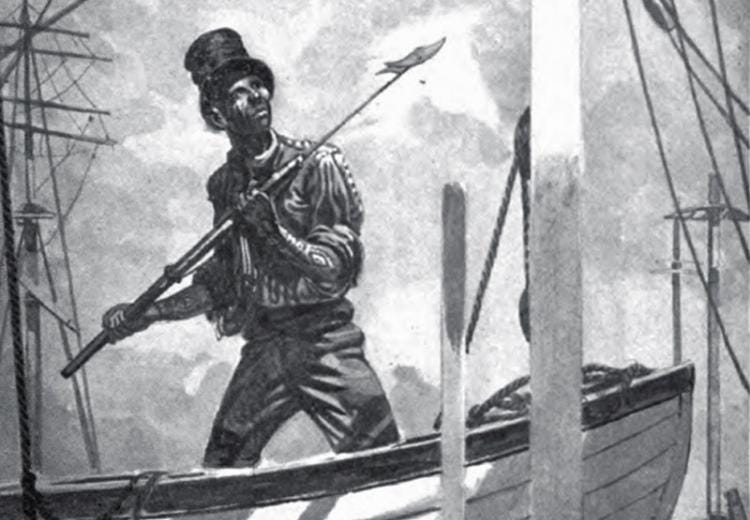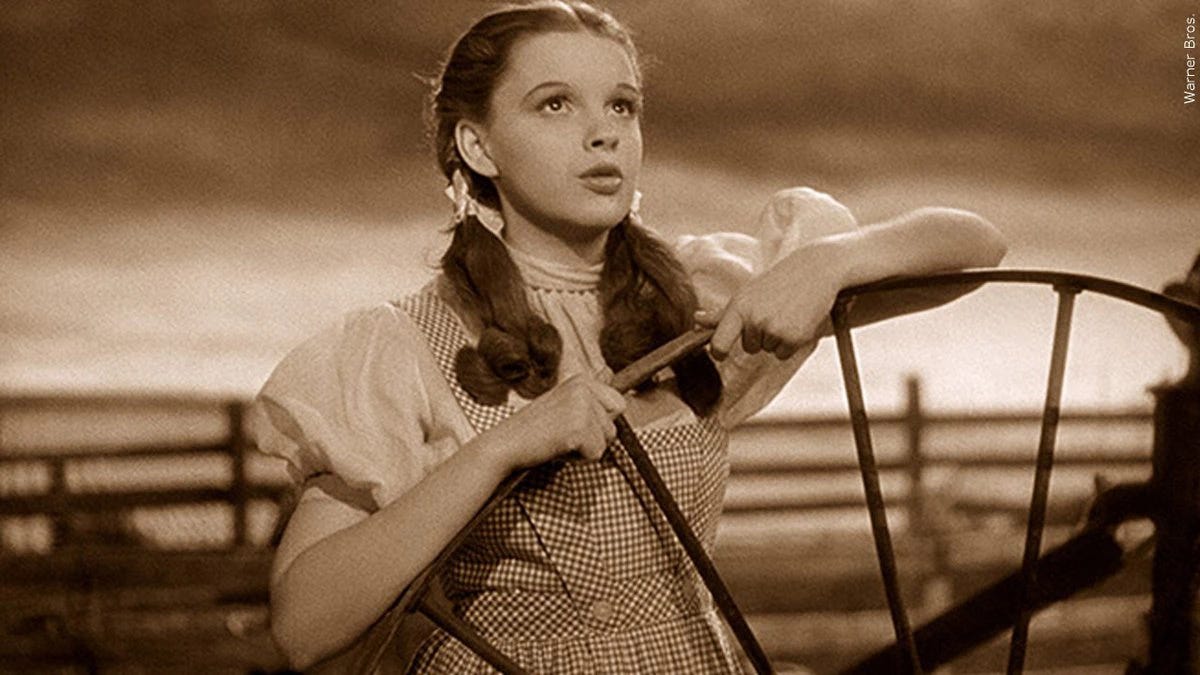Applying the Lessons of Joseph Campbell's "Hero's Journey" to Your Own Life
This is far more than a framework for understanding media, it's a framework for understanding yourself
The Hero's Journey, as defined by Joseph Campbell in his book "The Hero with a Thousand Faces", is more than just a template for storytelling in movies, books, or games. It's a metaphor for our personal growth and transformation, a mirror that reflects our own struggles and triumphs, hopes and fears.
Our lives are punctuated by moments of self-discovery and personal growth, much like the hero in these narratives. It provides a framework for understanding these changes and gives us a sense of direction. By understanding the stages of the journey, we can better navigate our own paths, identifying our mentors, facing our fears, and emerging transformed.
As you go through each stage below, try and identify where you’re at in your own journey. This will help you understand what challenges or triumphs await you, and how you can step through the journey of the hero with grace, fortitude, and wisdom.
The Ordinary World
In storytelling, the ordinary world gives us insight into the hero's character before the journey, providing a basis for later character development. Frodo's peaceful life in The Lord of the Rings helps us appreciate his subsequent growth. In our lives, acknowledging our 'ordinary world' allows us to identify areas for personal growth or change.
Call to Adventure
The call incites action, propelling the story forward. It's when Harry Potter receives his Hogwarts invitation that his adventure truly begins. In our lives, such 'calls' invite us to grow, challenge ourselves, or make a difference. If we don’t embrace these challenges, we’ll never be able to understand or see who can actually become.
Refusal of the Call
This stage reveals the hero's initial fear or hesitation, making them more relatable. When Luke Skywalker initially refuses to join the Rebellion in Star Wars: A New Hope, we understand his human apprehensions. Similarly, acknowledging our own fears about change can help us overcome them and embrace growth.
Meeting with the Mentor
This interaction often provides the hero with guidance or tools for the journey, like Rafiki does for Simba in The Lion King. It's a symbol of seeking wisdom and assistance. We, too, can learn from mentors in our lives, gaining insights to aid our personal journeys. And in order to find the right mentor, we need to step out of our comfort zone, and be willing to be vulnerable enough to ask for help.
Crossing the Threshold
The hero commits to the journey, marking a point of no return. It's Alice's pursuit of the White Rabbit in Alice in Wonderland that propels her into the whimsical world of Wonderland. This reflects the courage it takes to venture into the unknown and commit to our personal goals and changes. Once you cross the threshold there is no return.
Tests, Allies, Enemies
These elements bring dynamism to the story, shaping the hero's character, like Bilbo's encounters in The Hobbit. Similarly, the challenges we face, the friends we make, and the naysayers we encounter all shape us, testing our resolve and fostering resilience. At this stage, we learn who is going to continue being a part of our life, or who we need to shed in order to complete our journey.
Approach to the Inmost Cave
This often represents the hero's confrontation with their greatest fear. Katniss in The Hunger Games faces this when she enters the deadly arena. It's a metaphor for facing our own fears or insecurities, a critical step towards personal growth. This is the stage where skills, experience, and mental resilience are put to the test, shaping the Hero for the ordeal.
Ordeal
The ordeal provides the story with a dramatic tension that captivates the audience. In The Old Man and the Sea, Santiago's struggle with the marlin grips us. Similarly, the trials we face in life test our character, prompting growth and self-discovery. This is the culmination, the final chamber in the innermost cave. This is where we become the hero.
Reward
The hero's reward signifies their triumph over the ordeal. Ishmael's survival in Moby Dick is his reward for enduring the whale's fury. Our personal rewards – achievements, recognition, or realizations – serve as affirmations of our effort and perseverance. We have gone through the crucible and we come out a different person.
The Road Back
The hero's return signifies the completion of their transformation, like Dorothy's return to Kansas in The Wizard of Oz. For us, it reflects how we integrate our new insights and growth into our daily life, enriching our 'ordinary world'.
Resurrection
In the climax, the hero often faces a severe test or suffers a setback, like Winston's ultimate capitulation in 1984. It symbolizes our ability to endure and evolve through the challenges that life throws at us.
Return with the Elixir
The hero returns transformed, bearing some element of hope or wisdom, as the Pevensie siblings do in The Chronicles of Narnia. This stage reflects our potential to positively influence our world with the wisdom, skills, or perspectives we've gained through our experiences. This is where your wisdom is transmuted and dispersed to others in the world.
The hero's journey, or the monomyth, as coined by Joseph Campbell, isn't just a template for storytelling - it's a blueprint for life itself. Understanding this age-old structure holds value both in how we navigate our personal lives and consume media, especially in a world as interconnected and media-saturated as ours.




